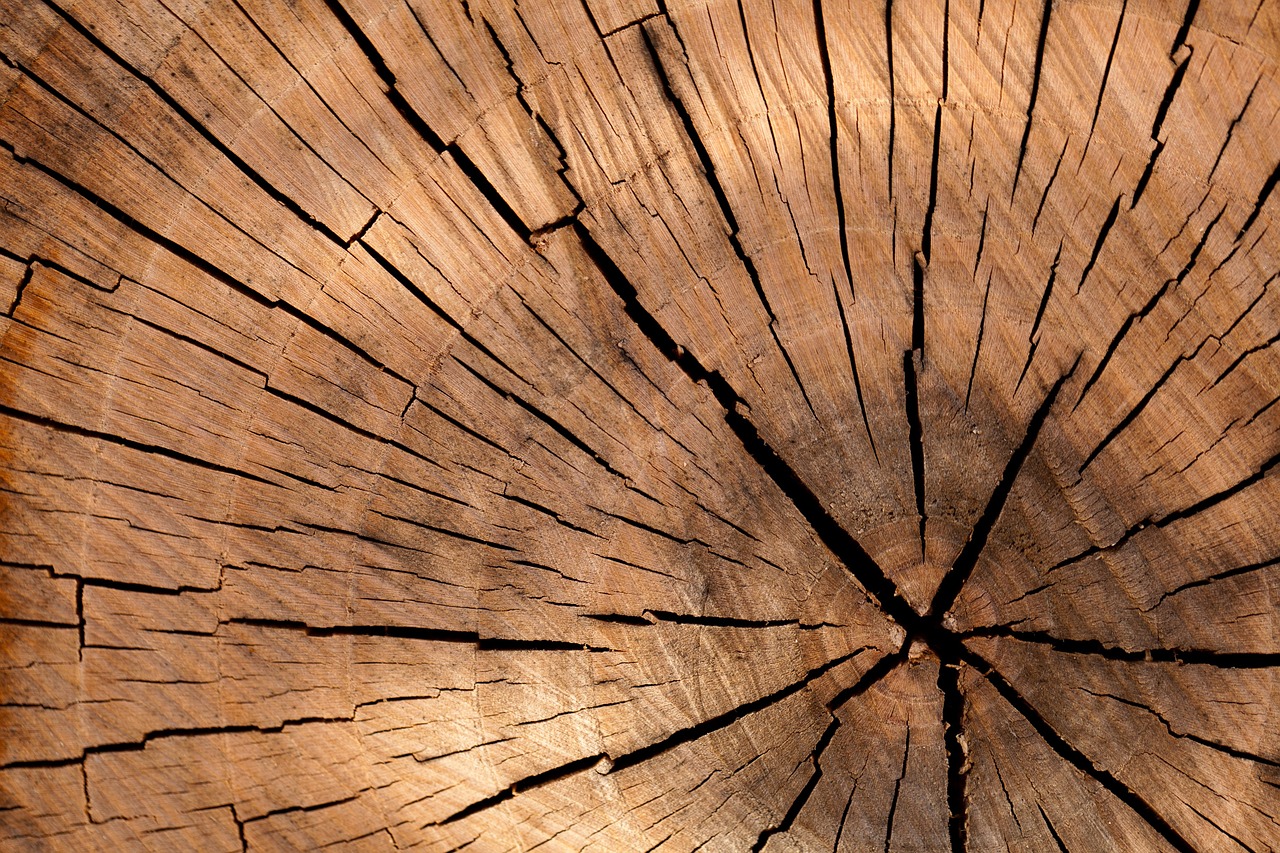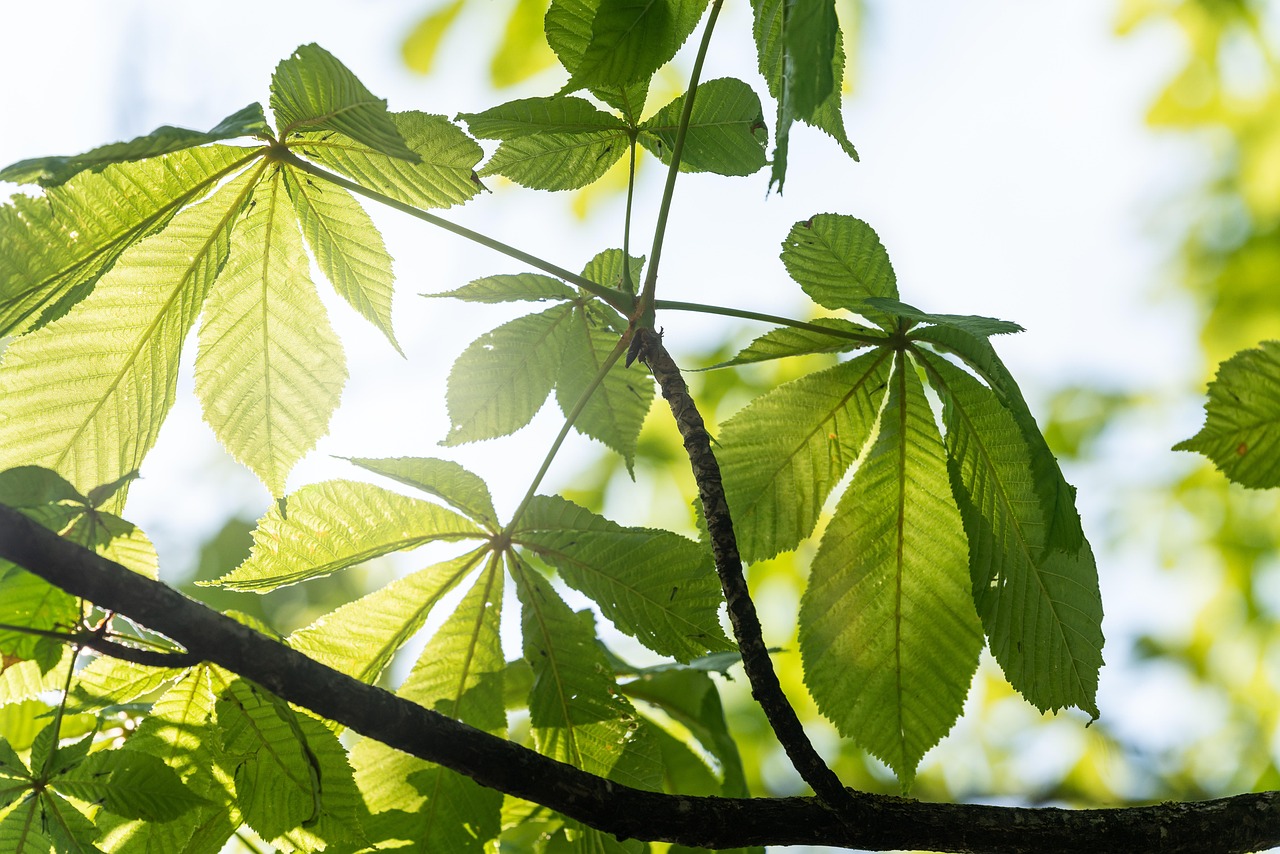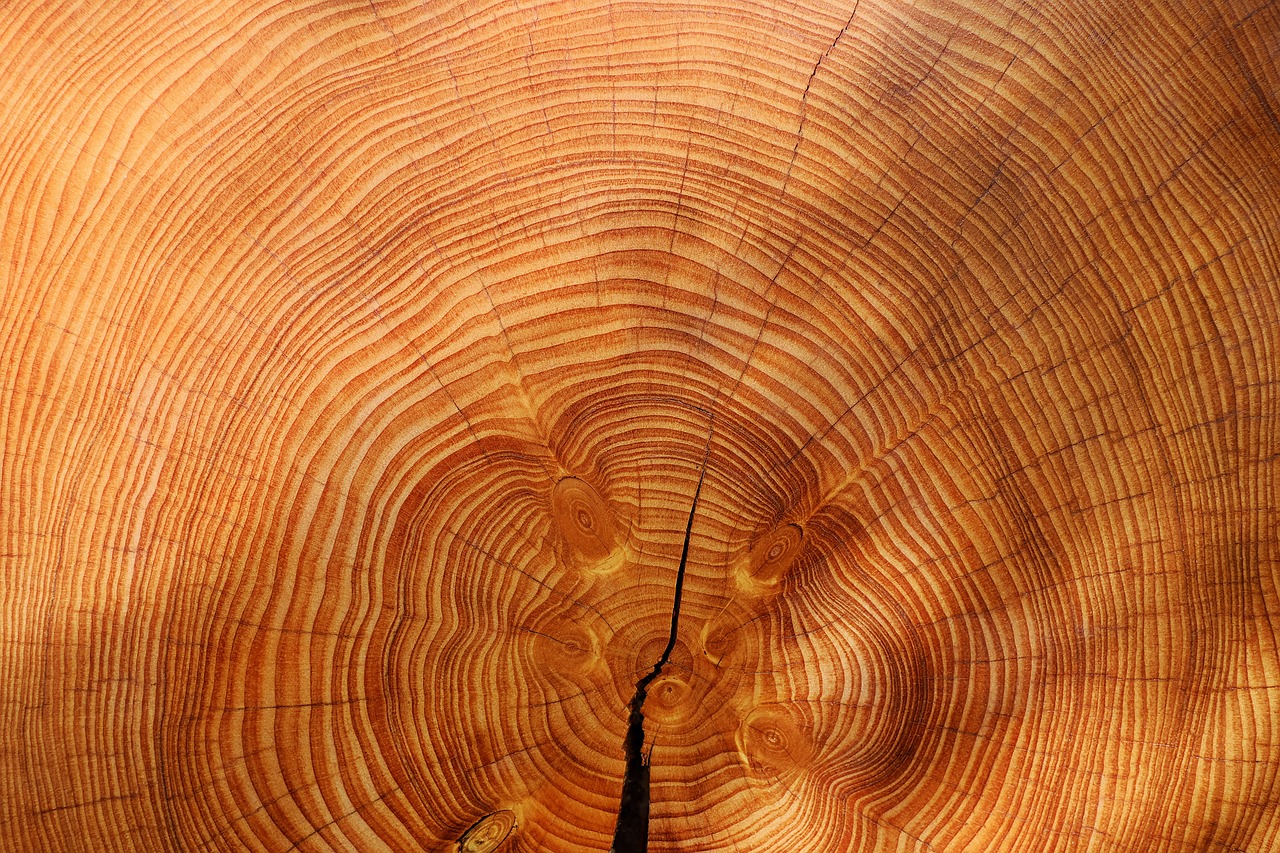A tree growth rate calculator helps estimate how quickly a tree grows over time. This tool calculates growth rates based on measurements such as height and trunk diameter, providing valuable data for landowners, foresters, and environmentalists.
Understanding Tree Growth Rates
Tree growth rates vary significantly among different species and environmental conditions. Understanding these rates is essential for effective forest management, landscaping, and conservation efforts. Trees play a crucial role in our ecosystem, contributing to air quality, biodiversity, and climate regulation. Therefore, knowing how fast they grow can help us make informed decisions about planting and maintaining trees.

Different factors influence tree growth rates, including species, soil quality, water availability, sunlight exposure, and climate. For instance, fast-growing species like the Eastern Cottonwood can reach heights of 50 to 70 feet within just a few years. In contrast, slower-growing species like the Oak may take decades to mature fully. Here are some key factors that impact tree growth:
- Species: Different species have unique growth patterns.
- Soil Quality: Nutrient-rich soil promotes healthier growth.
- Water Availability: Adequate water is essential for tree survival.
- Sunlight: Trees require sunlight for photosynthesis.
- Climate: Temperature and weather patterns affect growth rates.
The Importance of Measuring Growth Rates
Measuring tree growth rates is important for several reasons. First, it allows landowners and forest managers to assess the health of their trees. Trees that grow too slowly may be suffering from disease or inadequate resources. Second, understanding growth rates can inform future planting decisions, helping to select the right species for specific locations. Lastly, accurate growth measurements contribute to carbon sequestration studies, helping to combat climate change.
Tree growth can be measured in various ways. The most common methods include measuring the trunk diameter at breast height (DBH) and estimating the height of the tree. These measurements can then be used in formulas or calculators to determine annual growth rates. The following table outlines common measurement methods and their uses:

| Measurement Method | Description | Usage |
|---|---|---|
| Trunk Diameter (DBH) | The diameter of the tree trunk measured at 4.5 feet above ground. | Used to estimate tree volume and biomass. |
| Height Measurement | The vertical height of the tree from base to top. | Helps determine overall tree health and age. |
| Growth Rings | Counting the annual rings on a cross-section of wood. | Provides precise age and historical growth data. |
How to Use a Tree Growth Rate Calculator
A tree growth rate calculator simplifies the process of estimating growth rates by utilizing input data such as DBH and height. Many online calculators are available, allowing users to input their measurements easily. Once the data is entered, the calculator computes the average growth rate over a specified period.
The basic formula for calculating the growth rate is as follows:
Growth Rate = (Current Measurement – Previous Measurement) / Time Period

This formula provides an average annual growth rate based on two different measurements taken at various times. By using this simple equation, individuals can gain insights into how well their trees are growing and make adjustments as needed.
In addition to calculators, there are also mobile applications designed for measuring tree growth. These apps often come with additional features such as species identification and health assessments, making them valuable tools for anyone interested in forestry or gardening.
With the right tools and knowledge, anyone can effectively monitor tree growth rates. This practice not only enhances personal understanding but also contributes to more sustainable land management practices.
Factors Affecting Tree Growth Rates
Tree growth rates are influenced by a variety of factors. Understanding these factors is crucial for anyone looking to optimize tree health and growth. Here are some of the most significant elements that affect how trees grow:

- Genetics: The genetic makeup of a tree species determines its maximum growth potential. Some species are naturally faster growers than others.
- Soil Conditions: Soil type, pH, and nutrient levels significantly impact tree health. Rich, loamy soils typically support better growth compared to sandy or compacted soils.
- Water Availability: Adequate water supply is essential for photosynthesis and nutrient transport. Drought conditions can severely stunt growth.
- Light Exposure: Trees require sunlight for photosynthesis. Shaded areas may lead to slower growth rates as trees compete for light.
- Climate: Temperature, rainfall patterns, and seasonal changes all play a role in tree growth. Warmer temperatures generally promote faster growth during the growing season.
Types of Tree Growth Measurements
To accurately assess tree growth, various measurement types can be employed. Each method provides different insights into the tree’s health and growth patterns. Below are some common types of measurements used in forestry:
- Height Measurement: This measures the vertical distance from the ground to the top of the tree. It helps estimate age and growth trends.
- Diameter at Breast Height (DBH): This standard measurement is taken at 4.5 feet above ground level. It is crucial for calculating tree volume and biomass.
- Crown Width: Measuring the width of the tree’s crown helps determine its health and sunlight exposure.
- Volume Estimation: Calculating the volume of a tree based on its height and DBH can provide insights into its overall biomass.
The Role of Environmental Conditions
The environment plays an essential role in tree growth rates. Different environmental conditions can either enhance or hinder growth. Here are some key environmental factors that should be monitored:
| Environmental Factor | Description | Impact on Growth |
|---|---|---|
| Soil Moisture | The amount of water present in the soil. | Too little moisture leads to stress; too much can cause root rot. |
| Temperature | The average temperature during the growing season. | Optimum temperatures promote faster metabolic rates and growth. |
| Sunlight | The amount of direct sunlight received daily. | More sunlight enhances photosynthesis, leading to better growth. |
| Pest Presence | The occurrence of pests or diseases affecting trees. | Pests can damage trees, reducing their growth potential. |
Using Technology in Tree Growth Monitoring
Advancements in technology have significantly enhanced the ability to monitor tree growth effectively. Various tools and applications are available that allow users to track growth patterns over time. These technologies include:
- GPS Tracking: GPS technology helps locate trees accurately and monitor their growth over time in specific locations.
- Drones: Drones equipped with cameras can capture aerial images of forests, providing insights into canopy cover and health assessments.
- Remote Sensing: This technology uses satellite imagery to assess tree health and biomass across large areas efficiently.
- Mobile Applications: Several apps allow users to input measurements directly and receive growth rate estimates instantly.
The integration of technology not only makes the process easier but also provides more accurate data for analysis. This data can be invaluable for researchers, land managers, and conservationists working to manage forest ecosystems sustainably.
The Future of Tree Growth Monitoring
As environmental challenges continue to grow, the need for accurate tree growth monitoring becomes increasingly important. Future developments may focus on enhancing existing technologies or developing new methods for tracking tree health and growth rates. Collaborations between scientists, landowners, and tech developers could pave the way for innovative solutions that aid in tree conservation efforts.
By understanding the factors influencing tree growth rates and utilizing modern technology, we can foster healthier ecosystems and promote sustainable practices in forestry and landscaping. This knowledge is vital for mitigating climate change impacts while ensuring that our forests thrive for generations to come.
Practical Applications of Tree Growth Rate Calculators
Tree growth rate calculators serve multiple practical applications in various fields. These tools are invaluable for landowners, urban planners, foresters, and environmental scientists. Understanding the growth rates of trees can significantly impact decision-making processes in forestry management, urban landscaping, and ecological studies.
1. Forestry Management
In forestry, knowing the growth rates of trees is crucial for sustainable management. Foresters can use growth rate calculators to:
- Plan Harvesting: By understanding growth rates, foresters can determine the optimal time for harvesting timber, ensuring that trees are cut at the right age for maximum yield.
- Assess Forest Health: Regular measurements can indicate the health of a forest. A decline in growth rates may signal issues such as disease or inadequate resources.
- Implement Reforestation Efforts: When planning reforestation, calculators help select species that will thrive in specific conditions based on historical growth data.
2. Urban Planning and Landscaping
In urban environments, tree growth rate calculators are useful for planning green spaces and managing urban forests. The applications include:
- Designing Green Spaces: Urban planners can use growth data to choose appropriate tree species that will flourish in city parks and streets.
- Mitigating Urban Heat: Trees provide shade and lower temperatures. Knowing their growth rates helps in planning effective shading strategies.
- Enhancing Aesthetics: Understanding how quickly trees grow allows landscapers to design visually appealing environments that will mature over time.
3. Environmental Conservation
Environmental scientists utilize tree growth rate calculators to monitor ecosystems and assess biodiversity. Their applications include:
- Carbon Sequestration Studies: Trees play a significant role in capturing carbon dioxide. By measuring growth rates, scientists can estimate how much carbon is being absorbed.
- Biodiversity Assessments: Tracking growth rates across various species can provide insights into ecosystem health and biodiversity levels.
- Climate Change Research: Understanding how climate variables impact tree growth helps in predicting future ecosystem responses to climate change.
Common Challenges in Measuring Tree Growth
While using a tree growth rate calculator can be straightforward, there are common challenges that may arise during the measurement process. Being aware of these challenges can help improve accuracy.
1. Measurement Errors
Measurement errors can occur due to improper techniques or tools. For example:
- Inaccurate Height Measurements: Estimating tree height without proper tools, such as clinometers, may lead to inaccuracies.
- DBH Miscalculations: Measuring DBH at the wrong height or angle can result in incorrect diameter readings.
2. Environmental Influences
Environmental factors such as weather conditions can also affect measurements. For instance:
- Drought Conditions: Prolonged dry spells may slow down growth, skewing average growth rate calculations.
- Pest Infestations: Infestations can damage trees, leading to reduced growth rates that may not accurately represent a species’ potential.
Best Practices for Accurate Growth Rate Measurement
To ensure accurate measurements when using a tree growth rate calculator, consider the following best practices:
- Use Proper Tools: Invest in quality measuring tools such as a tape measure for DBH and a clinometer for height.
- Take Multiple Measurements: To obtain a more accurate average, take multiple measurements at different times throughout the year.
- Record Environmental Conditions: Document weather patterns and any disturbances affecting the tree to contextualize growth data.
- Stay Consistent: Always measure at the same height and time of year to maintain consistency in data collection.
By implementing these practices, individuals and organizations can enhance the reliability of their tree growth data, leading to better management decisions and healthier ecosystems.
The Role of Education and Community Engagement
Education plays a crucial role in promoting the use of tree growth rate calculators. Engaging the community can lead to greater awareness about tree health and its significance to the environment.
- Workshops and Seminars: Educational workshops can teach landowners and community members how to measure tree growth effectively and interpret the data.
- Citizen Science Projects: Involving the public in tree monitoring initiatives can foster a sense of stewardship and responsibility towards local ecosystems.
- Online Resources: Creating accessible online platforms with guides and tools can help individuals learn about tree measurement techniques.
By fostering an educated community, we empower individuals to make informed decisions about their trees and contribute positively to environmental sustainability.
Emerging Trends in Tree Growth Rate Measurement
As the field of tree growth measurement evolves, several emerging trends have begun to shape how we monitor and manage tree health. These trends incorporate advancements in technology, ecological considerations, and a growing emphasis on community involvement.
1. Integration of Artificial Intelligence
Artificial intelligence (AI) is becoming increasingly integrated into tree growth monitoring. AI algorithms can analyze large datasets collected from various sources, such as satellite imagery and ground measurements. This integration allows for:
- Predictive Analytics: AI can provide forecasts of tree growth based on historical data and environmental conditions, enabling better planning and management.
- Automated Monitoring: Sensors and drones equipped with AI can continuously monitor tree health, alerting foresters to changes that may require intervention.
2. Climate Adaptation Strategies
With climate change affecting ecosystems worldwide, there is a growing focus on developing strategies that enhance tree resilience. This includes:
- Species Selection: Choosing tree species that are more resilient to changing climates can improve forest health and productivity.
- Adaptive Management Practices: Implementing management practices that respond dynamically to environmental changes can help sustain tree growth rates.
3. Increased Use of Mobile Technology
The proliferation of smartphones has made it easier for individuals to engage in tree monitoring. Mobile applications provide user-friendly interfaces that allow users to:
- Record Measurements: Users can take and store measurements directly on their mobile devices, making data collection more efficient.
- Access Educational Resources: Apps often include guides and tutorials on proper measurement techniques, enhancing user knowledge.
Challenges Ahead for Tree Growth Rate Monitoring
Despite advancements, challenges remain in the field of tree growth rate monitoring. Addressing these issues is essential for effective management and conservation efforts.
1. Data Standardization
The lack of standardized methodologies for measuring tree growth can lead to inconsistencies in data collection. Establishing universal guidelines will be crucial for improving the reliability of data across different regions and studies.
2. Funding and Resources
Many community programs and organizations struggle with limited funding and resources. Sustainable financing models are needed to support ongoing education, technological advancements, and research initiatives in tree growth monitoring.
3. Public Awareness
While education initiatives are underway, increasing public awareness about the importance of tree growth monitoring is still a challenge. More outreach programs are necessary to engage diverse communities in conservation efforts.
Final Thoughts
The significance of accurately measuring tree growth rates cannot be overstated. As we face growing environmental challenges, tools like tree growth rate calculators become essential for sustainable forestry practices, urban planning, and ecological conservation. By understanding the factors that influence tree growth, utilizing modern technology, and engaging communities in these efforts, we can ensure that our forests remain healthy and vibrant for future generations.
Throughout this article, we have explored the various aspects of tree growth rate measurement—from the fundamental principles to the practical applications and challenges faced by practitioners. The integration of technology, community engagement, and educational initiatives will play a pivotal role in shaping the future of tree growth monitoring.
Ultimately, fostering a culture of stewardship towards our trees will lead to better environmental outcomes. As individuals become more informed and engaged with local ecosystems, the collective efforts can contribute significantly to global sustainability goals. The journey toward healthier forests starts with the commitment of each individual, supported by accurate measurement and responsible management practices.
